Common Name: Chicory, Blue Daisy, Cornflower
Scientific Name: Cichorium intybus
Family: Asteraceae
Origins: Europe (non-native)
Flowering Time: June to October
Habitat: Fields, waste areas and roadsides.
Range: Found throughout most of North Amercia, except the far north.
Use: First Nations used the roots to calm nerves and it contains oils that can eliminate intestinal worms.
Sources:
“ChicoryCichorium Intybus.” Chicory (Cichorium Intybus) – Ontario Wildflowers. N.p., n.d. Web. 27 Jan. 2017. <http://ontariowildflowers.com/main/species.php?id=167>.
Edible and Medicinal Plants of the West, Gregory L. Tilford, ISBN 0-87842-359-1
Thieret, John W. National Audubon Society Field Guide to Wildflowers: Eastern Region. New York: Knopf, 2001. Print.


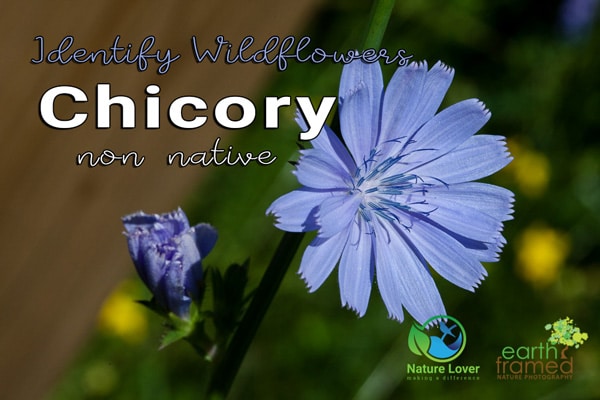
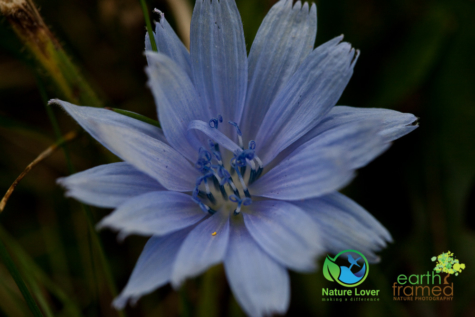
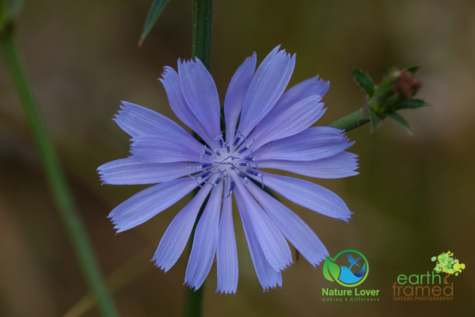
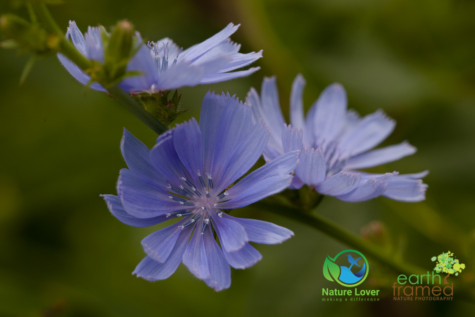


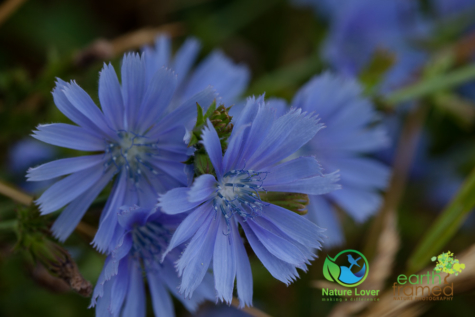
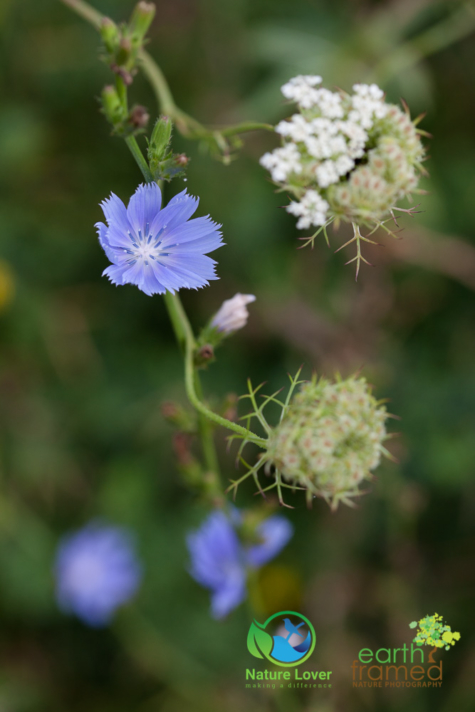
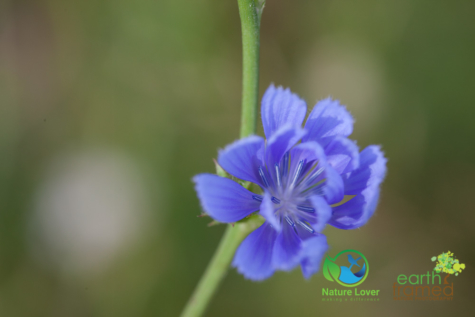
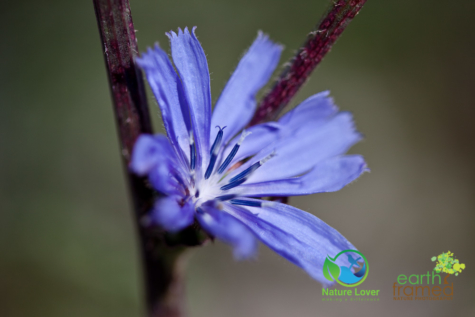
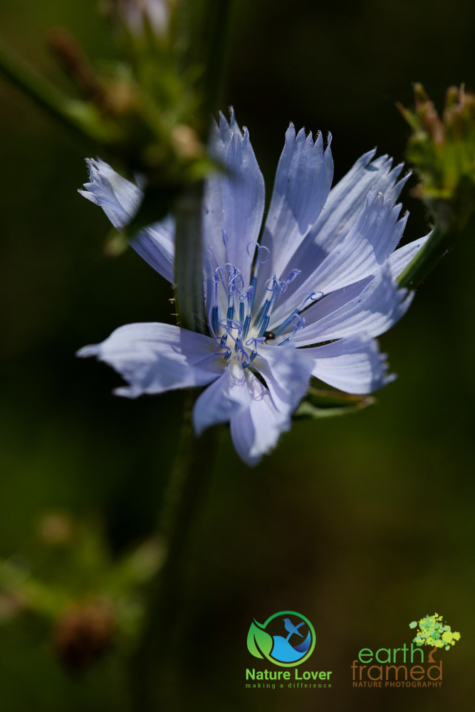
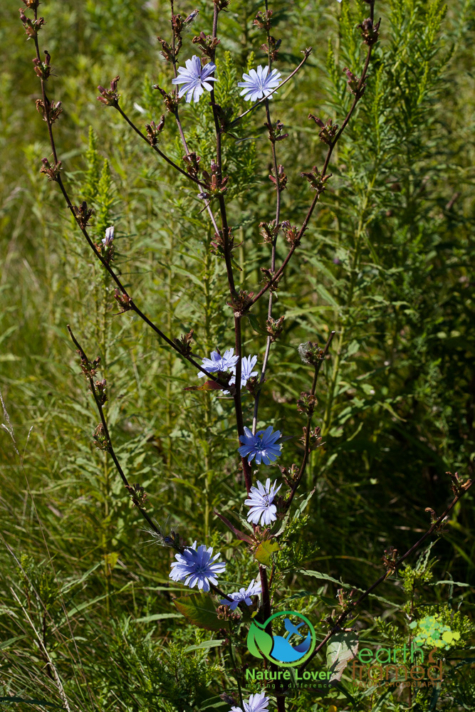
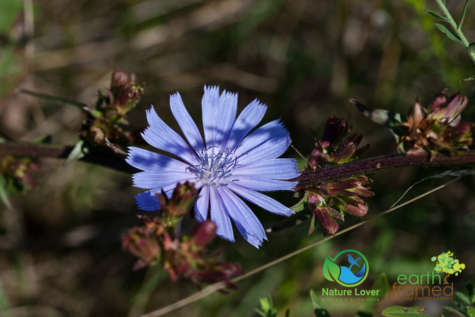
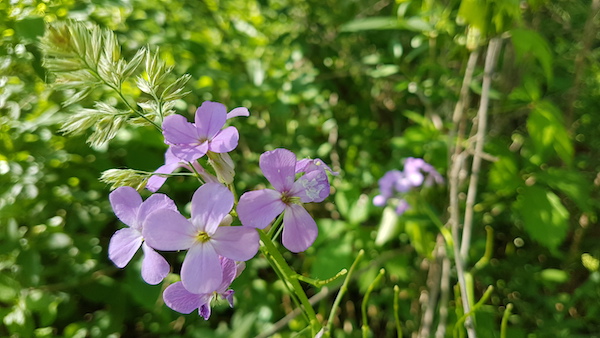
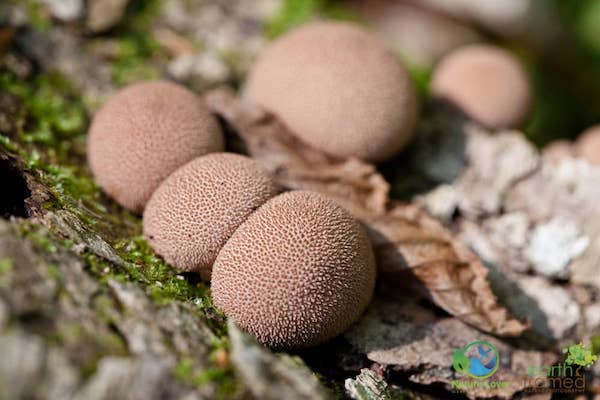
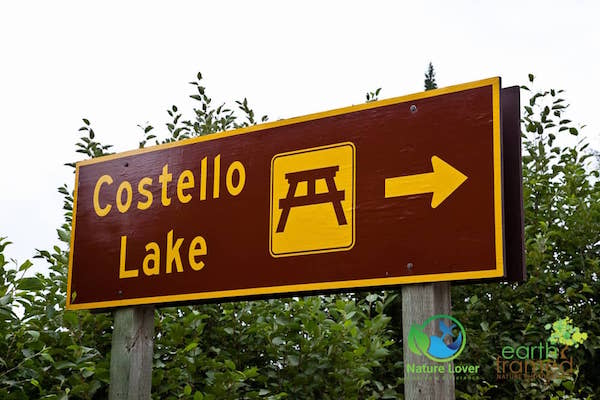
Comments(2)
Yinng Sunga says:
July 10, 2022 at 2:43 pmHow/when did First Nations obtain Chicory if it is non-native?
Tricia McLellan-Dath says:
September 6, 2022 at 11:07 amFrom what I can see, the plant was brought over in the 18th and 19th centuries and became part of indigenous traditions as an important herbal medicine. So, although it wasn’t native and not part of their mythology, over several hundred years they learned to use it for many purposes.
Hope that helps, it was a great question!